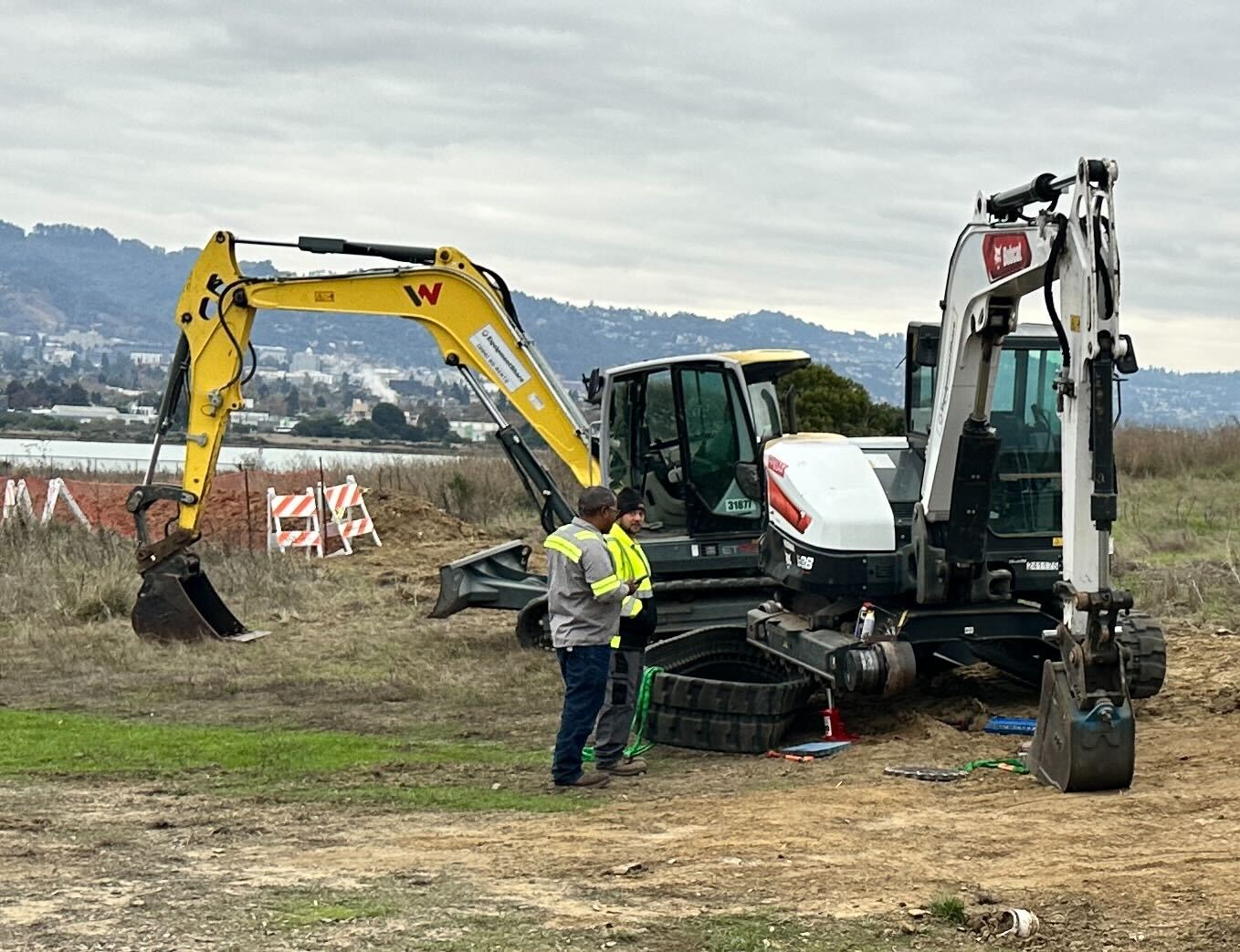
"The results of recent follow-up testing for hazardous radiation at Cesar Chavez Park, linked to its long ago history as a landfill, are reassuring for recreational use, from jogging to kite-flying to family picnics. They essentially affirm earlier city findings of above ground park safety. But, the subsequent testing brings new concerns for underground work at the waterfront park's gas extraction system, a buried network of wells and pipes for trapping and removing methane, a common byproduct of decomposing landfills."
"The new round of testing, conducted in summer to drill down on earlier tests showing some elevated radiation underground, included first-ever park checks for radon, a radioactive gas which can become a health hazard at higher levels. Radon occurs naturally, but is also linked to chemical waste suspected of being dumped at the old landfill decades ago. Above ground air tests for radon indicated no safety worry, reflecting average outdoor ambient air standards per the Environmental Protection Agency (EPA), according to city documents."
"Radon detected in the vapor from 12 extraction wells ranged from 6.0 to 876 pCi/L, according to city data. The EPA sets 4 pCi/L as an indoor air threshold for taking action to clear radon. The 876 pCi/L levels is considered extremely high by the EPA. Underground radon levels fluctuate based on changes in temperature, water flows, and soil conditions, and these results could differ at different times."
Follow-up testing for hazardous radiation at Cesar Chavez Park linked to its former landfill history shows above-ground park air is within EPA outdoor radon standards, making recreational use reassuring. The testing included first-ever checks for radon and focused on the park's buried gas extraction system. Radon vapor in 12 extraction wells measured from 6.0 to 876 pCi/L, with the EPA indoor action level at 4 pCi/L and the highest reading deemed extremely high. Radon can occur naturally and may be associated with suspected chemical waste at the old landfill. Underground concentrations vary with temperature, water flow, and soil, raising concerns for workers servicing the subsurface gas network.
Read at www.berkeleyside.org
Unable to calculate read time
Collection
[
|
...
]